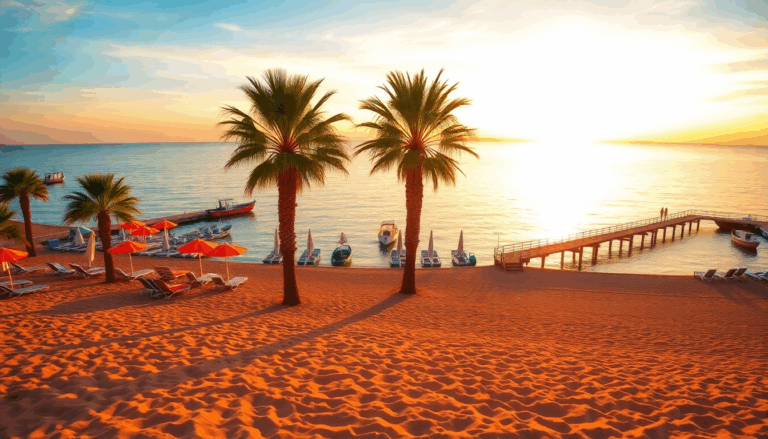In today’s digital landscape, we can’t ignore the powerful role social media plays in shaping our perceptions of travel destinations. Have you ever found yourself drawn to a vacation spot simply because you saw a stunning photo on Instagram? A prime example of this phenomenon is Castellaneta Marina, which recently surged
in popularity thanks to influencer Komandante’s captivating posts. This case clearly illustrates how a single image can draw in curious travelers and transform the local tourism scene.
Emerging Trends in Social Media and Tourism
Social media has completely changed the way we discover and choose travel destinations. Platforms like Instagram and Facebook thrive on their visual appeal, allowing users to share breathtaking images that resonate deeply with
potential visitors. Research shows that destinations flaunting stunning landscapes, exciting activities, and relaxing moments tend to grab the most attention online. Just think about it: when an influencer like Komandante showcases a location, it can elevate that place’s profile and make it a top contender for someone’s next getaway.
But it’s not just about pretty pictures; the effectiveness of visual storytelling in tourism marketing is backed by solid data. Locations that
invest in high-quality imagery often see a spike in website traffic and bookings. This trend underscores the importance of curating compelling visuals that not only highlight what makes a destination unique but also foster a sense of community among potential visitors. After all, who doesn’t want to feel connected to a place before they even arrive?
Business Opportunities Generated by Effective Visual Marketing
Understanding how social media imagery impacts local tourism is essential for stakeholders eager to harness its full potential. By analyzing performance data—like Click-Through Rates (CTR) and Return on Advertising Spend (ROAS)—marketers can effectively evaluate user-generated content campaigns. For instance, if there’s a noticeable increase in site visits following a prominent influencer’s post from Castellaneta Marina, it’s clear that visual content is a powerful driver of interest and engagement.
Additionally, utilizing an attribution model can unveil the customer journey that leads to a destination visit. By pinpointing traffic sources, particularly from social media, businesses can refine their marketing strategies, ensuring they stand out in an ever-crowded marketplace. This level of insight isn’t just beneficial; it’s crucial for adapting to the evolving tourism landscape.
Practical Implementation of Data-Driven Marketing Strategies
To truly make the most of the momentum generated by social media, tourism companies must adopt targeted marketing strategies. This means creating high-quality, shareable visual content that resonates with their audience. Influencer marketing campaigns, similar to those run by Komandante, can deliver impressive returns when executed well. However, the key to success lies in monitoring Key Performance Indicators (KPIs) such as engagement rates, website conversion rates, and booking figures.
Ongoing analysis and data-driven optimizations are vital for enhancing marketing strategies. The current marketing landscape demands a scientific approach, where decisions are guided by evidence and performance metrics. This adaptability enables organizations to innovate and align with the ever-changing preferences of travelers.
Looking Ahead: The Future of Tourism Marketing
Investing in visual content and performance monitoring is crucial for staying competitive in today’s tourism industry. Castellaneta Marina stands as a testament to how shared social media imagery can reshape perceptions and attract a broader audience. As the digital landscape continues to evolve, those in the tourism sector must remain agile, ready to seize the opportunities that a data-driven marketing approach offers. Just imagine: what new possibilities could arise for your destination by leveraging smart marketing strategies in our increasingly interconnected world?

